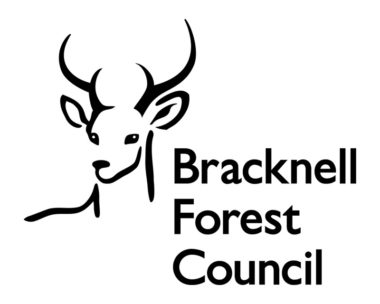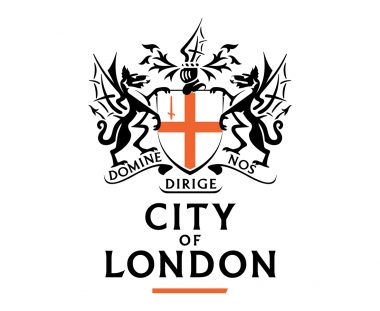This blog is a continuation of our series, looking into what comparisons can be made between inaccessible elements on websites, which was inspired by an AXSChat Podcast.
After finishing my original blog, I decided to expand and tell you a bit more about specific areas of assistive technology features that should be used and accessible within a digital platform. This should be the case whether on a website, a document, or any other digital information.
In this blog, we discuss why highlighting website elements is so important.
Why Keyboard-only Users Need Links to Nave a Visible Focus State on Web Pages
When someone can only use a keyboard to search the internet, they rely on each site element to be highlighted in some way. This will identify to the user where the cursor is and, therefore, where they are within a web page. Allowing them to navigate to the information they need.
Keyboard-only users use the Tab key to navigate through a site. Elements need to have a visible focus state when they are hovered over or selected to show the distinction between the link they are on and the other elements on the page.
When elements aren’t highlighted on a website, it will make it very difficult to activate that specific element or even make it impossible to access that area at all. Which, in turn, may require that person to look on an alternative site to get the required information or product. Often, these users are likely to never return to the inaccessible site, meaning that you will be losing out on a wide demographic’s custom.
Sadly, it isn’t always possible for users to get the service they need elsewhere. This could be due to the information being on a specific site that they need to rely upon. For example, a public sector site, such as a local council website or a site with local travel information for details like train times. Putting users in an impossible and very frustrating position.
An Everyday Comparison to Get you Thinking About the Need for Visible Site Elements
This got me thinking about comparisons in everyday life and how they would make people feel in that same situation. For example:
Have you ever been in a shop and had to point to an item behind a counter? Requiring you to seek help from a shop assistant.
How difficult would it be for the assistant to find that exact item if you weren’t able to highlight where it is on a shelf by pointing to the object?
Imagine if it was somewhere like a jewellery shop with multiple items laid out in glass cases. You had to not only talk them through which item you’re looking for but also have to remember where it was as you can no longer see it. This would leave you having to try and direct the shop assistant from memory to the correct item of jewellery … “No, it was the fifth one along on the right. Oh no, I mean the fourth one along and third up” – it would get tiring fast! This is the same experience that a keyboard-only user would have to go through when a site element is not highlighted.
In a shop, you can help to move the person’s finger to the one you want by giving verbal directions. On the internet, it’s trial and error for users to be able to find which element has been activated. If the wrong element has been selected, they would have to go back and try again. Then, when they return to the page, hope they are still on that same element and be able to count down to where they think the correct element is.
This experience can very simply be fixed by highlighting website elements, such as hyperlinks, and making them visible to the user.
Eliminating Inaccessible Digital Platforms
I know I have used this last paragraph at the end of each of this series of blogs, but it relays the important message of all the blogs written:
These are just a few comparisons between most people’s everyday life experiences to one of the inaccessible features of digital information in their life. However, there really is no need for any inaccessible areas, as there are always alternatives.
Think about when you could not get access to something. Whether it is in a shop or around your normal life experiences. There is no real reason why you should not be able to gain access. It is usually due to someone having made it inaccessible to you because of the design and not thinking of your individual needs as a customer in a specific situation.
It’s time to make a change and be inclusive.
Over the coming months, I’ll be blogging about ways that you can adapt your websites to achieve accessibility and improve the user experience for everyone.







